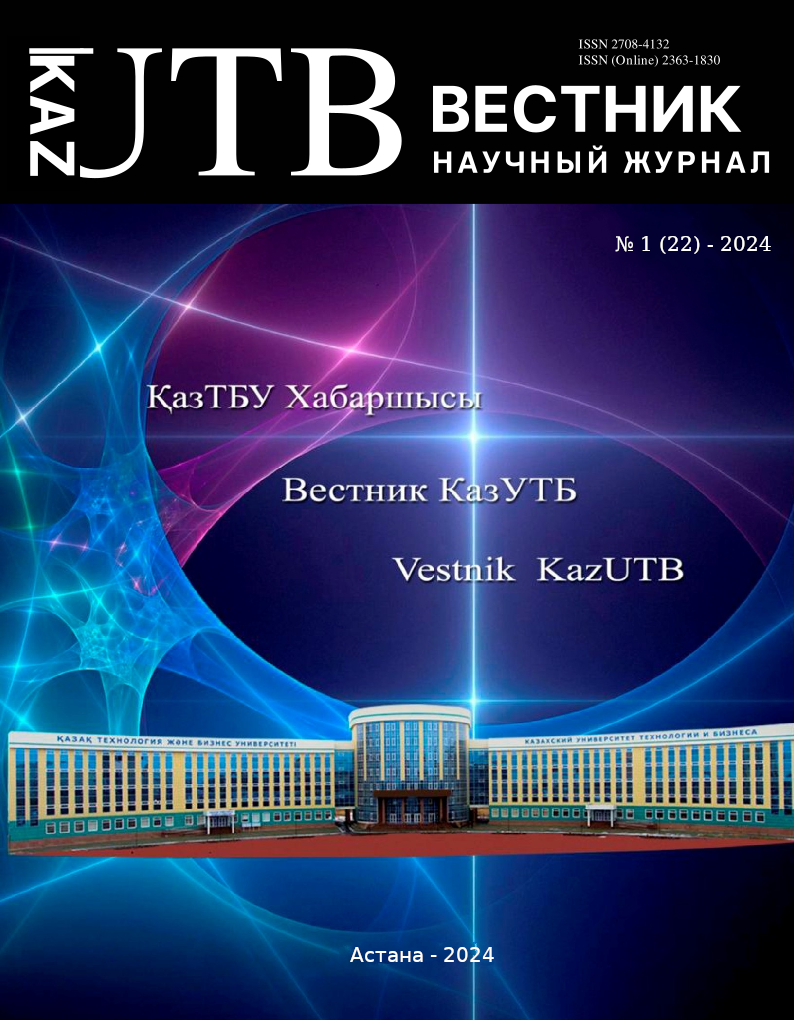Меню


Manufacturing and manufacturing industries
No. 1 (22) - 2024 / 2024-03-31 / Number of views: 141
CURRENT STATE OF THE PROBLEMS OF PREPARATION OF PARAFFIN OIL OF THE SOUTH TURGAI DEPRESSION
Authors
Keywords
paraffin oil, oil preparation, reagent, surfactants, fatty acids, rheological properties, gossypol resin
Link to DOI:
How to quote
Zatybekov К. ., Zhantasov М. ., Nadirov К. ., Begimova А. ., and Dzhusenov А. . “CURRENT STATE OF THE PROBLEMS OF PREPARATION OF PARAFFIN OIL OF THE SOUTH TURGAI DEPRESSION”. Vestnik KazUTB, vol. 1, no. 22, Mar. 2024, doi:10.58805/kazutb.v.1.22-244.
Abstract
The article presents topical issues of oil production - field preparation of oil. Based on the analysis of the state of waterlogging produced at the Kyzylorda fields, developed by the authors, it is shown that up to 90% of water containing natural surfactants (surfactants) and resins and stabilized stable water-oil emulsions are extracted together with oil. In the production of paraffin oil, the main problem in the conditions of field preparation of well products is the destruction of resistant water-oil emulsions. These phenomena significantly complicate the extraction of oil from wells, negatively affect the operation of oil refining equipment, pipeline communications. The consequence of this is the processes of corrosion of oilfield service equipment, equipment of enterprises for the processing of hydrocarbon raw materials. When preparing oil for transportation, reagents of imported production are mainly used, which leads to significant financial losses for oil producing and refining companies. Therefore, the use of the most available reagents for emulsifying borehole products obtained using local raw materials is an actual and economically feasible solution. The most effective removal of water-oil emulsions can be achieved by using a combined method, for example, using electrocoalesting, which performs the function of removed elements of hydrolattices or electrocoalescents. This will, according to the authors, reduce electricity consumption and improve the quality of dewatering and desalination of oil.



